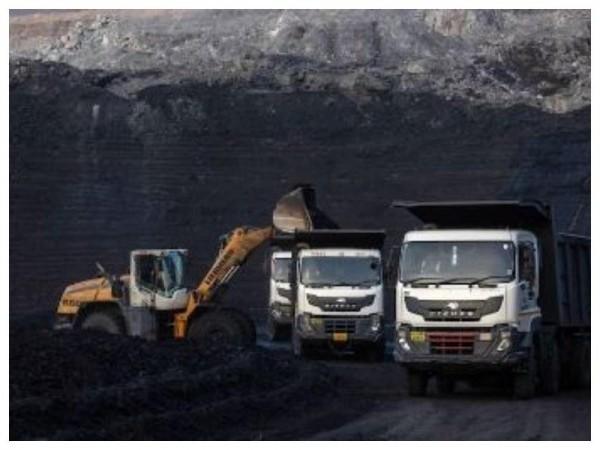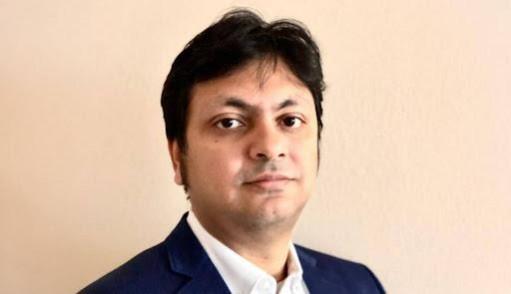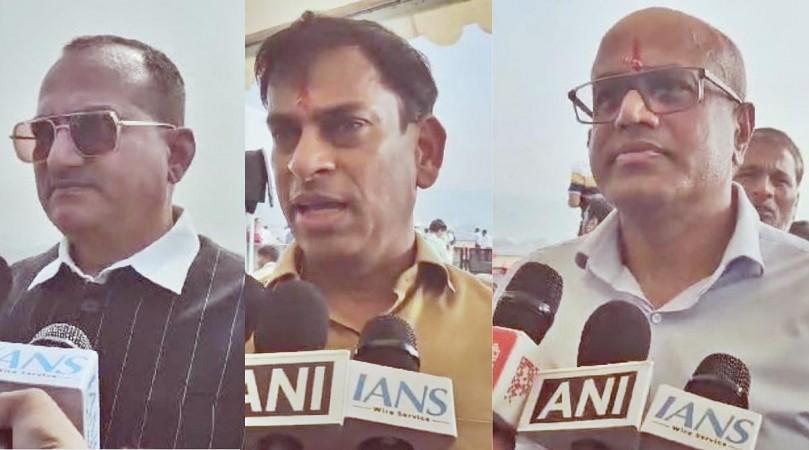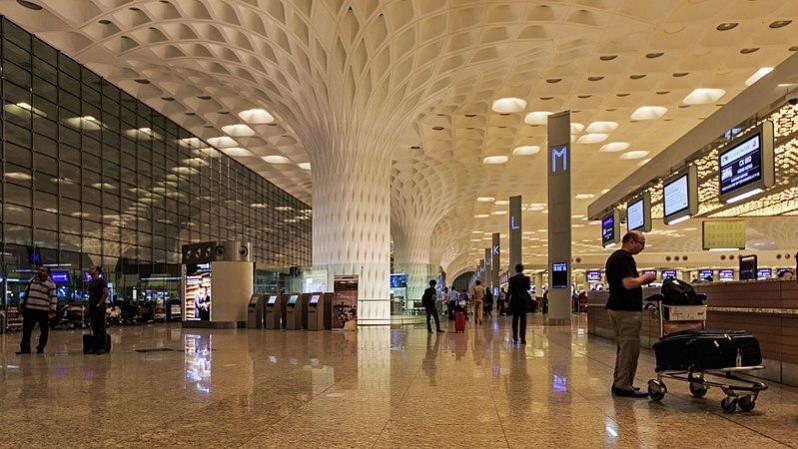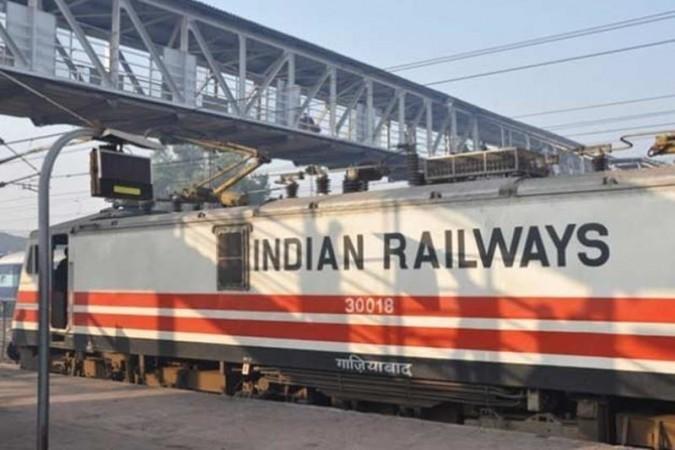Leveraging Technological Expertise in M&A
With over 19 years of experience across various industries, Sayantan Bhattacharyya has built a strong foundation in mergers and acquisitions (M&A) and enterprise resource planning (ERP) transformations. Currently serving as a Director at a leading consulting firm, Sayantan focuses on managing M&A transactions, IT integrations, and facilitating technology adoption for organizations. His skills in technology integration and strategic planning have made him a reliable resource for businesses undergoing change.
In a recent engagement, Sayantan oversaw the integration of IT systems for a merger involving three financial institutions with combined assets of over $120 billion. As the IT Shared Services Workstream Lead, he contributed to Day 1 integration planning, application disposition strategies, and data migration roadmaps. His work supported a smooth transition while maintaining operational consistency.
Designing Target-State IT Strategies
Sayantan has experience in developing IT strategies that support businesses in competitive environments. He has led initiatives to design IT landscapes for new entities, often as part of regulatory requirements. For example, he worked on defining the IT strategy for a newly formed retail entity created as part of a merger between two grocery chains. This included building an operating model, collaborating with technology vendors, and determining the IT run rate to ensure long-term sustainability.
His collaborative approach ensures that strategies align with immediate integration needs and future growth objectives. By engaging stakeholders effectively, he develops plans that help organizations adapt to changing market conditions.
IT Diligence for Private Equity Transactions
Sayantan has contributed significantly to private equity transactions by conducting buy-side and sell-side IT diligence. He evaluates IT systems of target companies to identify synergies and potential risks, providing detailed insights that inform decision-making.
In one instance, Sayantan led IT diligence efforts for the acquisition of a technology company with $200 million in revenue. Through management interviews, cost benchmarking, and operating model assessments, he prepared a diligence report that supported the buyer’s strategy. His detailed evaluations help private equity clients address challenges and leverage opportunities effectively.
ERP Systems Implementation
Sayantan has led multiple ERP transformation projects, helping organizations implement Oracle cloud applications for HR and finance systems. His work spans banking, retail, and hospitality sectors, where he has tailored solutions to meet diverse business needs.
As a project leader, he has coordinated teams across geographies, worked with vendors, and streamlined processes for timely implementations. His expertise in configuring payroll, time and labor, and absence management systems has been particularly valuable for clients managing large workforces. Sayantan’s focus on delivering compliant and practical solutions supports clients in achieving their operational goals.
Academic Background and Professional Contributions
Sayantan holds an MBA with a concentration in Strategy from Duke University’s Fuqua School of Business and a Bachelor of Technology in Information Technology from an institution in India. His MBA research focused on optimizing due diligence for M&A transactions.
He has also contributed to industry discussions by publishing articles on strategy and IT transformation. These contributions reflect his efforts to share knowledge and engage with professionals in his field.
Commitment to Professional Growth
Sayantan Bhattacharyya’s career demonstrates a consistent commitment to supporting organizations through transitions and technological changes. His experience in M&A transactions, IT strategy design, and ERP implementations reflects a practical approach to solving business challenges.
With a focus on aligning technology with organizational goals, Sayantan continues to provide valuable insights and solutions for businesses navigating complex scenarios.

